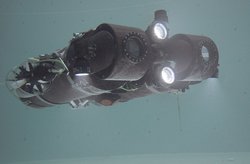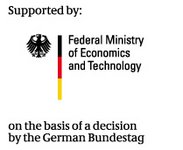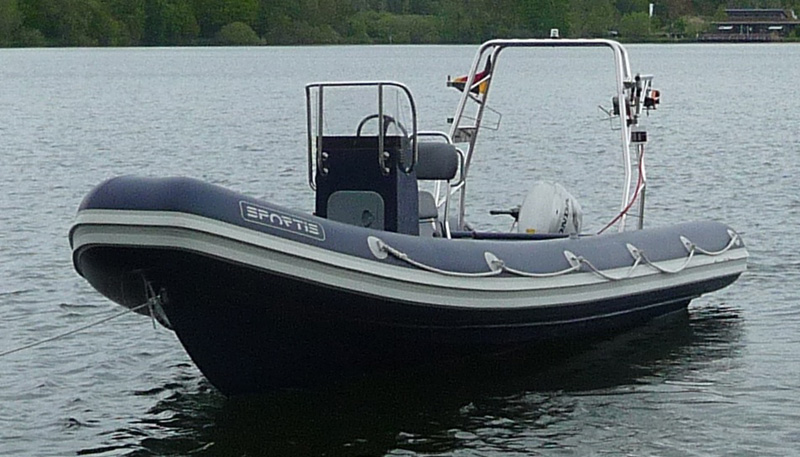CUSLAM
Localization and mapping in confined underwater environments
The aim of the CUSLAM project is the development of an algorithm which allows localization and mapping in complex, spatially confined underwater environments. This algorithm enables even small, weakly instrumented vehicles to act and fulfill meaningful tasks in difficult terrain (e.g. underwater production/processing plants). During extensive experiments the results are compared to reference measurements, in order to objectively verify the correctness of the algorithm.
| Duration: | 01.09.2009 till 31.07.2012 |
| Donee: | German Research Center for Artificial Intelligence GmbH |
| Sponsor: | Federal Ministry of Economics and Technology |
| Grant number: | This project is funded by the German Federal Ministry of Economics and Technology (BMWi) according to a resolution of the German Bundestag, grant no. 03SX290. |
| Application Field: | Underwater Robotics |
| Related Projects: |
µAUV
AI the Outlook in Marine Technology
(03.2006-
05.2007)
µAUV²
(05.2007-
11.2007)
ROV-Hovering
Autonomous Hovering Using an ROV
(11.2006-
08.2007)
VI-Bot
Virtual Immersion for holistic feedback control of semi-autonomous robots
(01.2008-
12.2010)
|
| Related Robots: |
Flatfish
Subsea-resident AUV
DAGON
Autonomous Vehicle for Aquatic Learning, Operation and Navigation
|
Project details
The aim of the CUSLAM project is the development of an algorithm which allows localization and mapping in complex, spatially confined underwater environments. This algorithms is supposed to allow deployment of autonomous underwater vehicles (AUVs) in complex underwater environments, such as underwater production/processing plants, in a safe and reliable manner. The aspects safety and robustness play a key role: only when both aspects can be fulfilled, the use of AUVs for supervision and exploration tasks becomes economically feasible. The high degree of difficulty results from the combination of a number of already hard single tasks:
- Underwater navigation, localization and mapping
- Navigation in confined, dynamic 3d-spaces
- Complex task completion by weakly supervised autonomous systems.
The CUSLAM-algorithm approaches the demands of each individual task in such a way that the final algorithm will master the complete task: the robust, autonomous localization and mapping in spatially confined underwater environments.
In order to prove the reliability, validity and robustness of the developed algorithm extensive experiments will be conducted. The complexity of these experiments will be increased incrementally: in the beginning only singular tasks will be fulfilled in laboratory environments, but in the end the complete task will be mastered under realistic conditions at the artificial reef of the University of Rostock.
All experiments will be conducted using the AUV 'AVALON', developed by the DFKI. This AUV will be equipped with a number of special high-resolution measurement devices, which allow a validation of the CUSLAM-algorithms results. In order to achieve this, the measurements of these new sensors will not be given to the algorithm; they will only be used for validation purposes. This results in an algorithm which does not rely on specialized measurement equipment, and thus makes adaptation to small, weakly instrumented but economically feasible AUVs possible. The robust localization and mapping inside an underwater production/processing plant is meant as benchmark for the algorithm’s performance. The artificial reef of the University of Rostock in the Baltic Sea will serve as approximation to this scenario. Since this task can be considered significantly more complex than localization and mapping over free terrain, the algorithm will automatically be able to handle this scenario as well.
Videos
DAGON: Under Ice

The AUV Dagon in the Unisee under thin ice
DAGON: Pipeline Inspection

The autonomous underwater vehicle (AUV) Dagon inspecting cooling pipes 3.5m in diameter at a power
DAGON: In the underwater lab

Experiments concerning agility and control of the fully integrated AUV Dagon in the DFKI underwater testbed
DAGON: In the Unisee

AUV-Dagon is training in inland water with dimmer sight.



